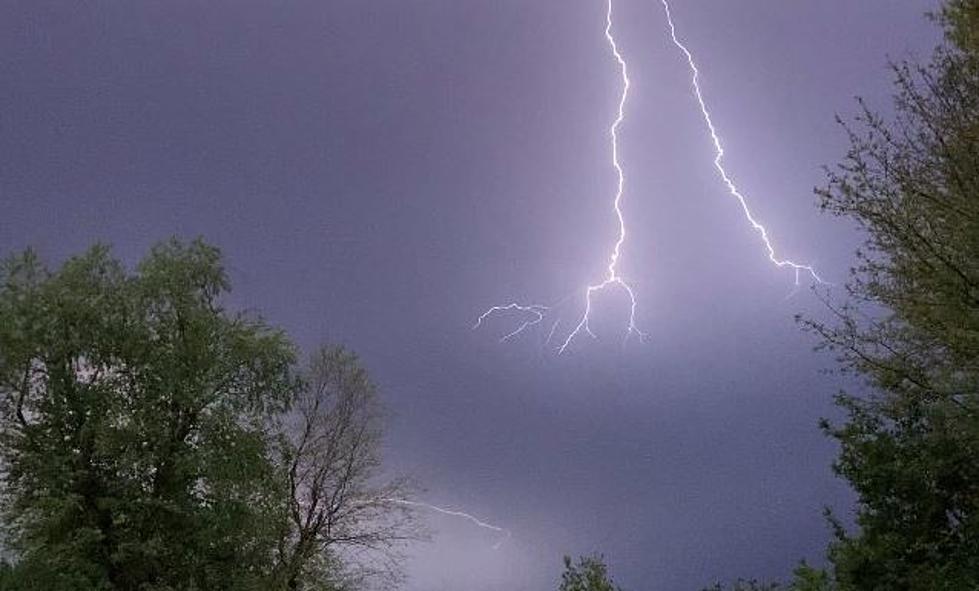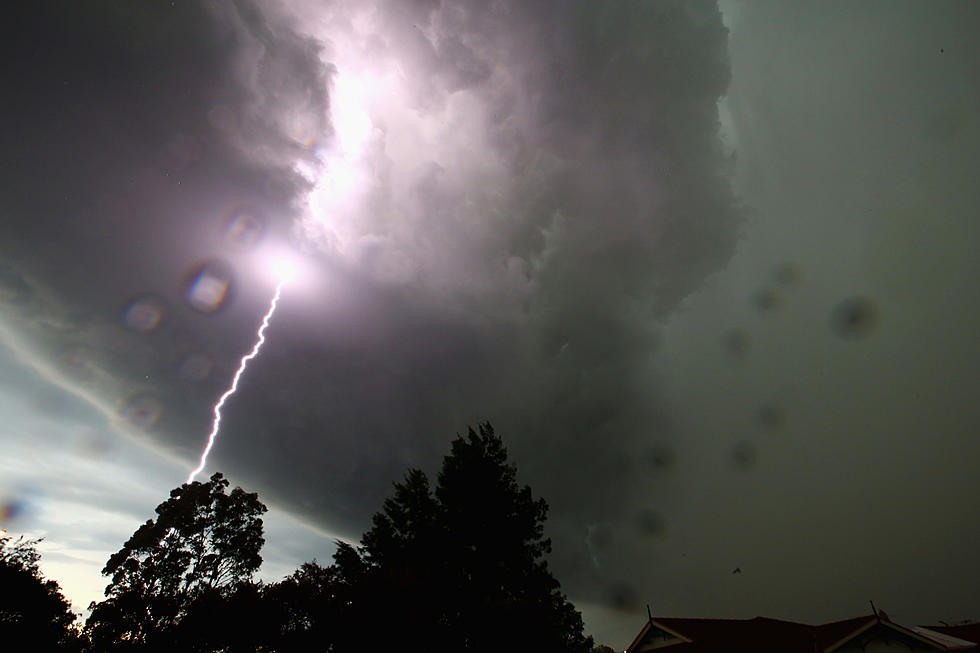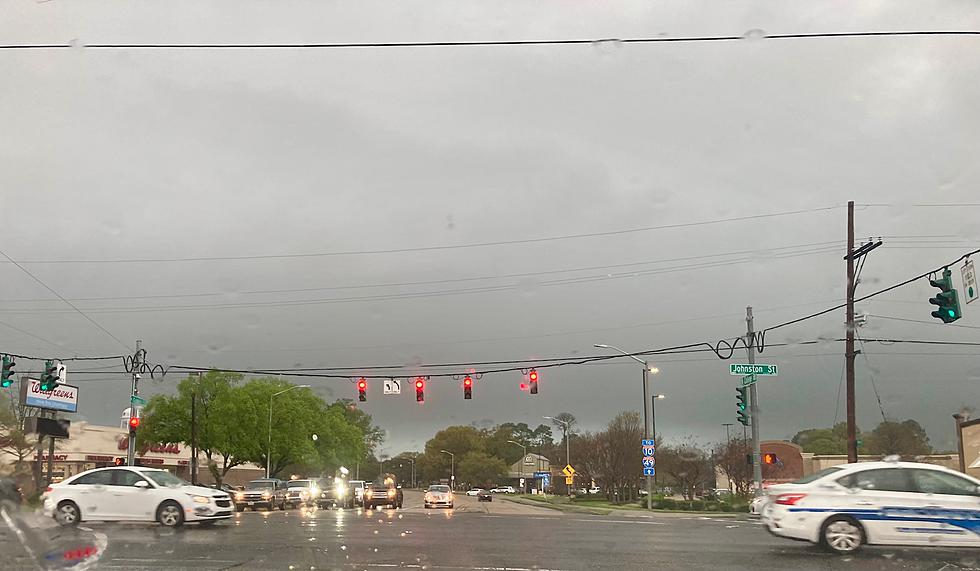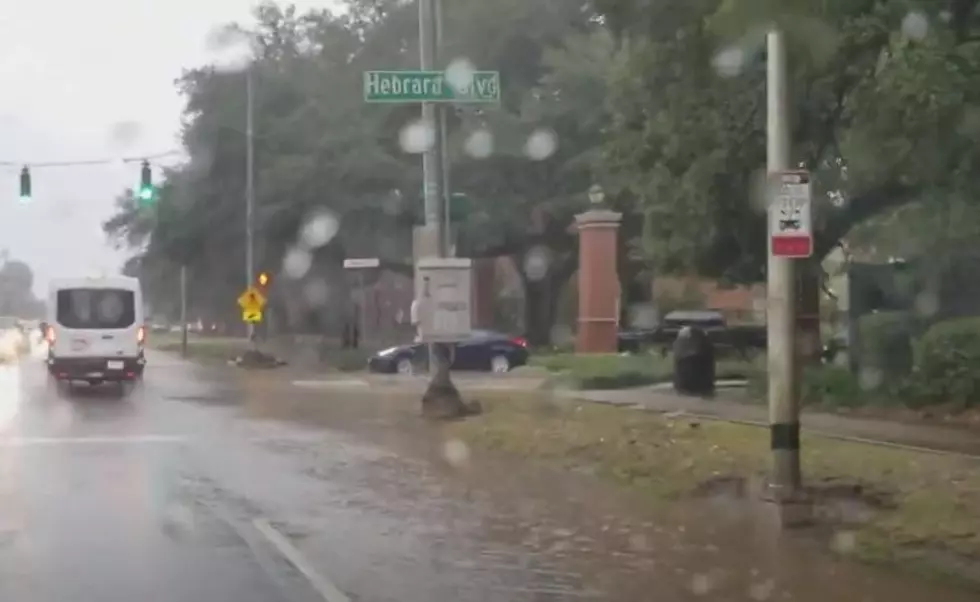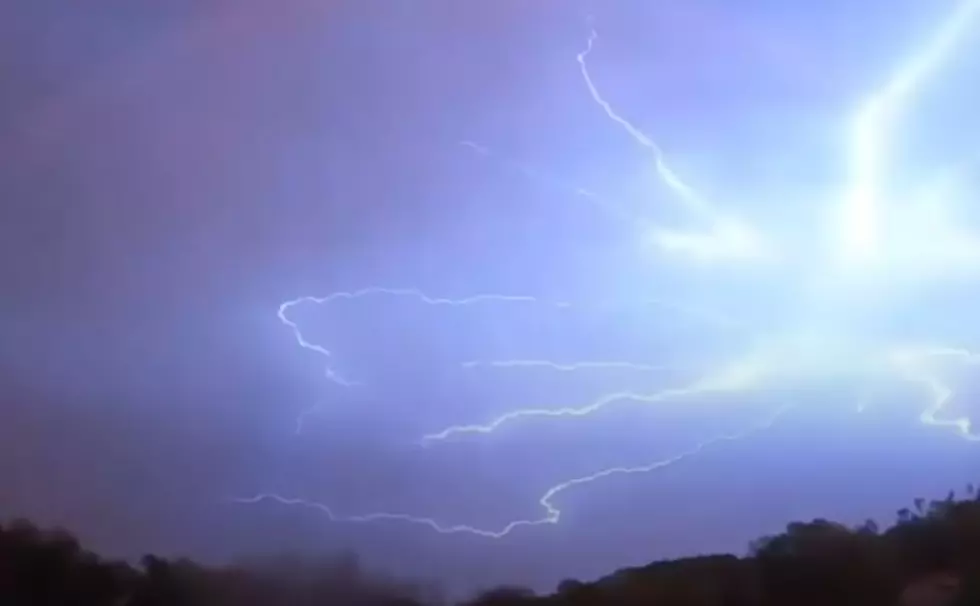
Hurricane Catarina: A Very Strange Storm Not Seen Before or Since
On Friday, March 26, 2004, something happened in the South Atlantic Ocean that had never happened before: a hurricane formed. The following night, it made landfall and wreaked incredible havoc. Which is understandable, considering that the town of Torres in southern Brazil had not ever (at least on record) seen a hurricane, leaving its residents rather unprepared for the colossal impact.
Hurricane season lasts from June 1 through November 30—in the Northern hemisphere, that is. The southern Atlantic does not experience the massive storms of the north; only two tropical cyclones had ever been recorded in the South Atlantic Basin prior to Catarina. March in the Southern hemisphere is roughly equal to September in the North, meaning Catarina occurred during the peak of the season, if there were such a thing.
Brazilian meteorologists were so surprised by the storm that, initially, they refused to call it a hurricane. It was over a year later that they finally admitted as much. Forecasters in the North—due either to greater experience in identifying hurricanes or, perhaps, a bit less pride in the beautiful Brazilian weather—recognized it immediately upon seeing satellite imagery. The easy-to-spot eye-wall structure combined with spiraling outer bands and the warm temperature of the water identified this particular storm as a hurricane, despite the oddity of its location.
As the storm approached the state of Santa Catarina (which is how it got its name), its wind speeds surpassed 100 miles per hour, eventually peaking at about 110 mph, meaning it had achieved Category 2 hurricane status on the Saffir-Simpson scale. Upon hitting land over Torres, the storm quickly petered out, but not before inflicting heavy flooding. The area had been evacuated, but many shipyards were destroyed and housing was decimated, totaling about $350 million in damage. There were, fortunately, no deaths.
More From 97.3 The Dawg

